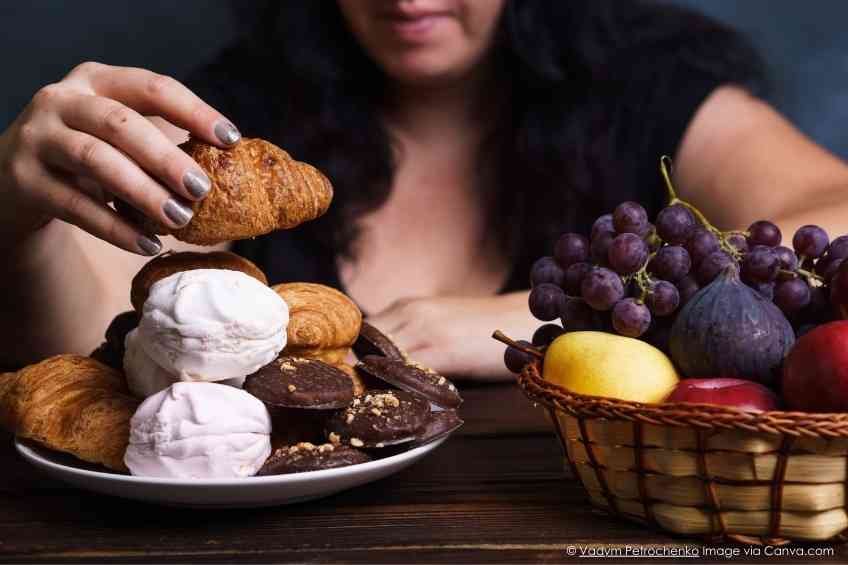By Sean Zucker –
Anyone who’s ever tuned into a televised Nathan’s Hot Dog Eating Contest on the Fourth of July can confirm that Americans love to chow down. But more isn’t always better when it comes to food intake, especially for a country already riddled with obesity. Unfortunately, U.S. citizens may be eating more than they even know. Americans, in fact, inhale an entire extra meal each day from snacking alone, according to a new study.
Researchers at The Ohio State University (Ohio State) examined the number of calories Americans consume purely from snacks on a given day. They analyzed data from the National Health and Nutrition Examination Survey, which collects detailed 24-hour dietary recalls. Specifically, the team combed through the eating habits of 23,708 adults in the database over the age of thirty to determine where their daily food and nutrient intake was coming from. Each participant’s HbA1c level, a known indicator of glucose control, was also tracked. This was used to place each person in categories like nondiabetes, prediabetes, controlled diabetes and poorly controlled diabetes.
Ultimately, this data showed that 19.5 to 22.4 percent of total intake was due to snacking or about 400 to 500 calories on average. These snacks generally consisted of sweets, sugary drinks and convenience foods high in carbohydrates and fats. Needless to say, they offered minimal nutritional value. In a slight plot twist, the analysis found that individuals with type 2 diabetes tended to snack less and consume fewer sugary foods compared to those without diabetes or with prediabetes.
These findings are a cause for alarm. “Snacks are contributing a meal’s worth of intake to what we eat without it actually being a meal,” reported the study’s senior author, Christopher Taylor, an Ohio State professor. “You know what dinner is going to be: a protein, a side dish or two. But if you eat a meal of what you eat for snacks, it becomes a completely different scenario of, generally, carbohydrates, sugars, not much protein, not much fruit, not a vegetable. So, it’s not a fully well-rounded meal.”
He added that this lack of foresight with snacking can often create poor dieting habits lacking any real nutrients. “We think about what we’re going to pack for lunch and cook for dinner. But we don’t plan that way for our snacks. So, then you’re at the mercy of what’s available in your environment,” Taylor said.
The National Institutes of Health (NIH) reports that over 30 percent of all American adults are currently overweight and over 40 percent are obese. It’s not looking any better for upcoming generations, according to the institute, which reports that nearly 20 percent of children are already obese, as well.
Some progress in the battle against obesity has been made, which Taylor attributes to increased awareness. But he also warns that this development hasn’t escalated far enough because the information isn’t always directed at everyone who needs it. This lack of understanding or targeting can have serious consequences.
“Diabetes education looks like it’s working but we might need to bump education back to people who are at risk for diabetes and even to people with normal blood glucose levels to start improving dietary behaviors before people develop chronic disease,” Taylor said.
The NIH confirms a laundry list of diseases and conditions that individuals are at risk of when they are overweight. This includes Type 2 diabetes, high blood pressure, heart disease, stroke fatty liver disease and even some cancers. Many of these ailments can be life-altering and potentially threatening, the NIH warns. The remedy lies in going beyond just cutting out unhealthy snacks. Taylor recommends retooling diets altogether.
“We need to go from just less added sugar to healthier snacking patterns,” he said. “We’ve gotten to a point of demonizing individual foods, but we have to look at the total picture. Removing added sugars won’t automatically make vitamin C, vitamin D, phosphorus and iron better. And if we take out refined grains, we lose nutrients that come with fortification.”












